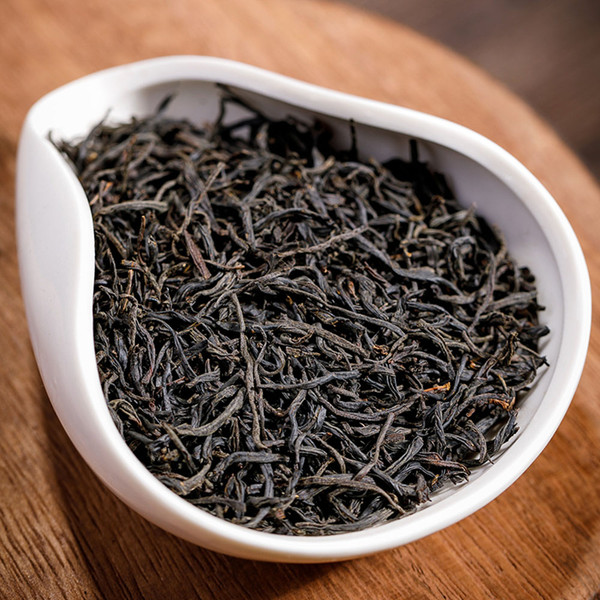Product Overview
Lapsang Souchong black tea, originating from Tongmuguan in Wuyi Mountain, Fujian Province, is one of the world's oldest black teas. The traditional paulownia-smoked Lapsang Souchong tea production process retains centuries-old methods, centered around the unique pine smoke-roasting process. This technique not only imparts the tea with its distinctive smoky aroma but also creates a rich, sweet flavor.
Traditional Lapsang Souchong tea is typically sourced from one bud, two, or three leaves of high-altitude tea trees in Wuyi Mountain. Due to the unique ecological environment of Tongmuguan, with its dense forests and shrouded mist, tea trees grow slowly, resulting in thick, rich leaves. This provides a solid foundation for the subsequent rolling, fermentation, and smoking-curing processes. After harvesting, the fresh leaves are rigorously sorted to remove old, unwanted, and broken leaves to ensure the integrity and quality of the tea.
The production process includes withering, rolling, fermentation, primary drying, secondary drying, and smoking. First, withering involves using sunlight or charcoal fire to remove some of the tea's moisture, softening the leaves and making them easier to roll. Next comes the rolling stage, which allows the tea juice to seep out and tighten the tea leaves. Fermentation follows. Under moderate temperature and humidity, the leaves gradually turn reddish-brown, the tea polyphenols oxidize, and the tea aroma gradually develops. After fermentation, the green tea leaves undergo a preliminary drying process to set their shape and remove some moisture, followed by the crucial steps of secondary drying and smoking.
Smoking is the essence of Lapsang Souchong. The tea leaves are spread on bamboo sieves and placed in a drying basket fueled by pinewood. During the burning process, the teacup master carefully controls the heat, ensuring that the pinewood burns slowly, producing a thick pine smoke, rather than direct flames. The tea leaves gradually lose their remaining water in the smoke, while the resin, essential oils, and aromatic substances in the smoke penetrate the tea leaves' fibers, imparting their distinctive aroma of pine smoke, caramel, and dried longan. The tea leaves are repeatedly turned throughout the process to ensure even smoke absorption and prevent any burnt areas. Finally, they are kiln-dried to stabilize the tea's moisture content, meeting the requirements for storage and transportation.
The finished Lapsang Souchong tea has a tight, dark, and glossy appearance. After brewing, the tea's infusion is a vibrant red, with a rich, lingering aroma. The smoky aroma is distinct yet not overpowering, often accompanied by a complex blend of pine, caramel, and dried longan. The taste is rich and smooth, initially smoky, then sweet and mellow, with a lingering aftertaste. Even after cooling, it retains its sweetness, with little astringency. The smoky aroma gradually diminishes while the sweetness intensifies, with a lingering aftertaste even after the seventh or eighth infusion.
Traditional Tongmu-smoked Lapsang Souchong is the product of the natural and human ingenuity of the Tongmuguan Valley. It's more than just a beverage; it's a continuation of history, marking the beginning of Chinese black tea's global expansion.
Brewing Guide: For brewing, it's recommended to use a gaiwan or small pot. To fully appreciate the distinctive smoky character of Lapsang Souchong, a proper brewing method is key. Start by using freshly boiled water, cooled slightly to around 90-95°C (194-203°F), as boiling water can sometimes exaggerate the bitterness. Preheat your teapot or gaiwan by rinsing it with hot water. Then, add about 3-5 grams of tea leaves for every 150-200 ml of water. Pour the hot water over the leaves and allow them to steep for an initial infusion of 30-60 seconds. The resulting liquor should be a beautiful, clear amber-red. Subsequent infusions can be slightly shorter or longer based on your taste preference, as these leaves are known for their ability to be steeped multiple times.

















